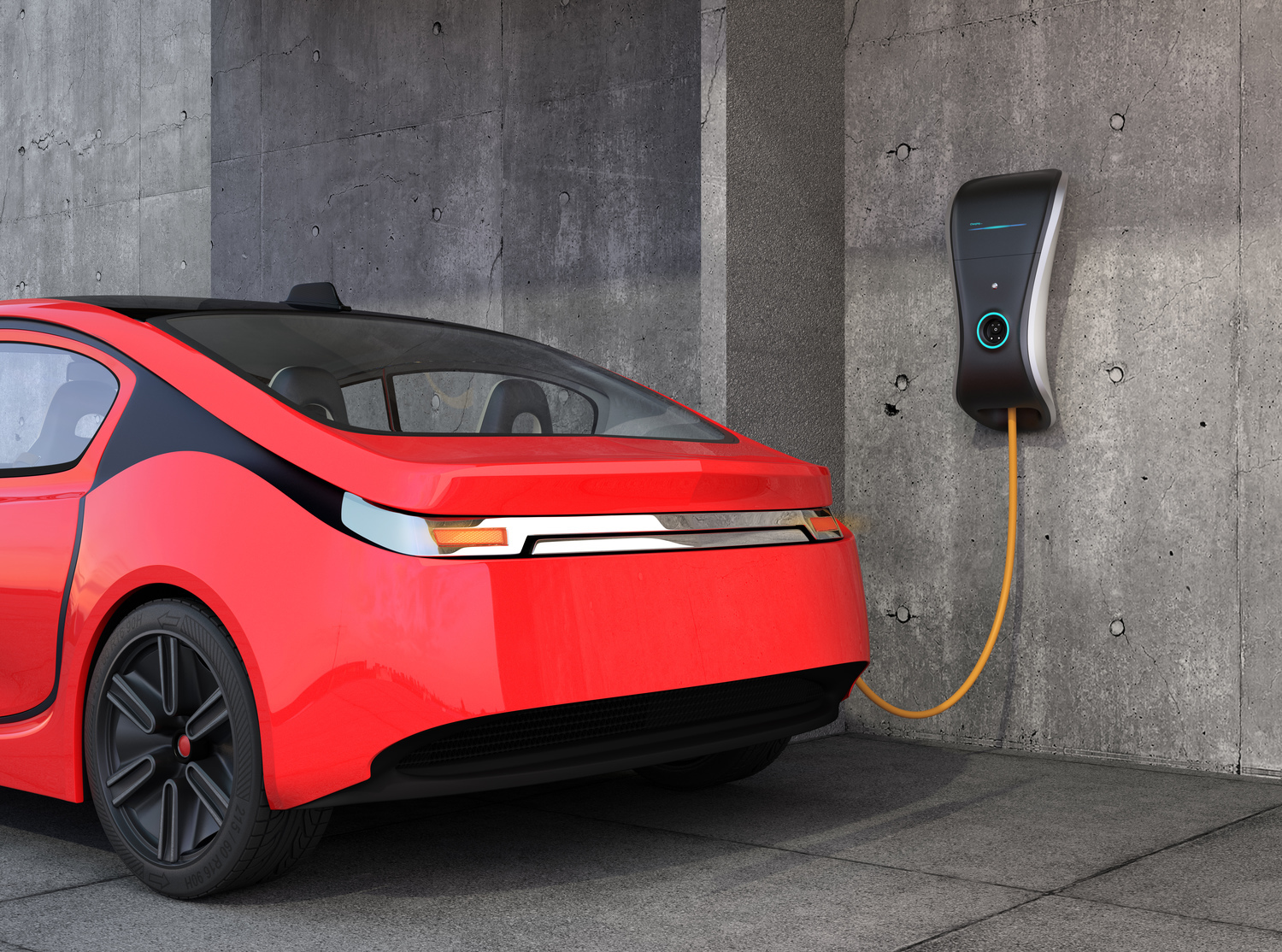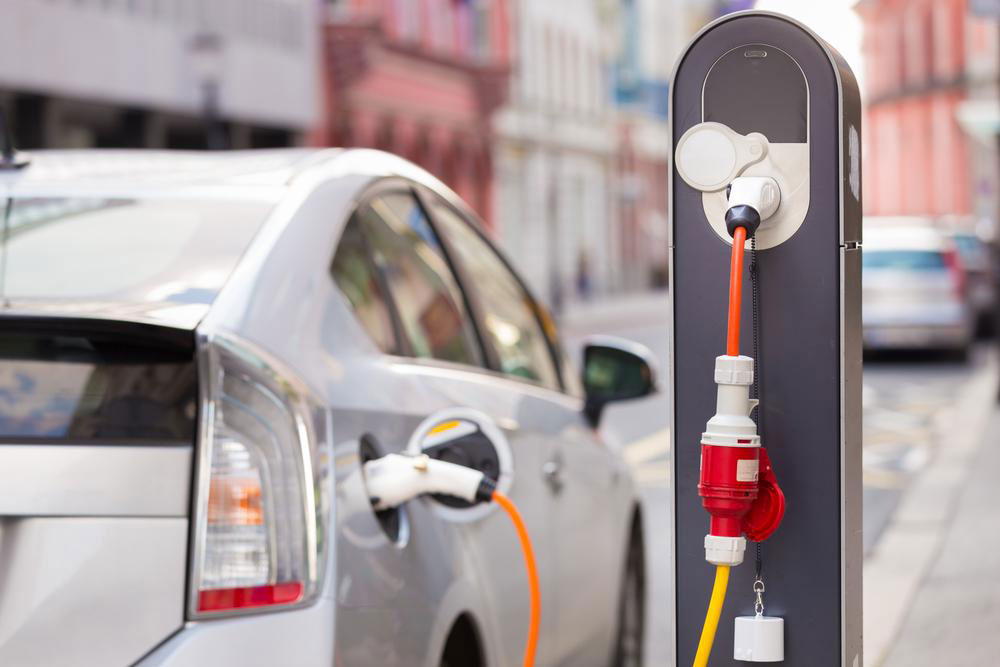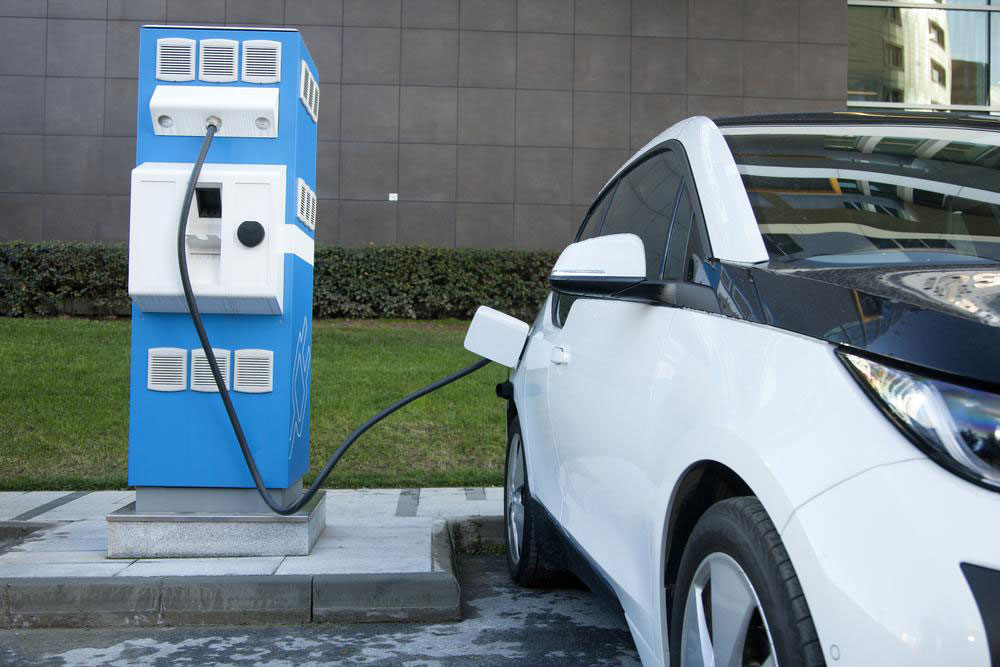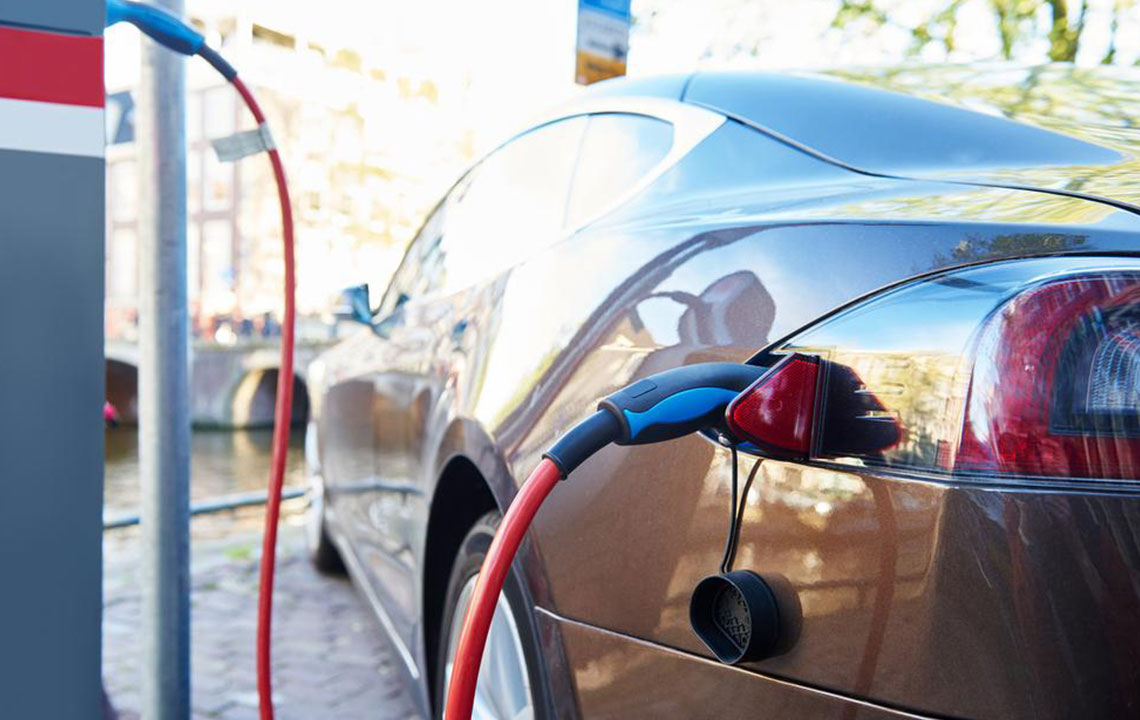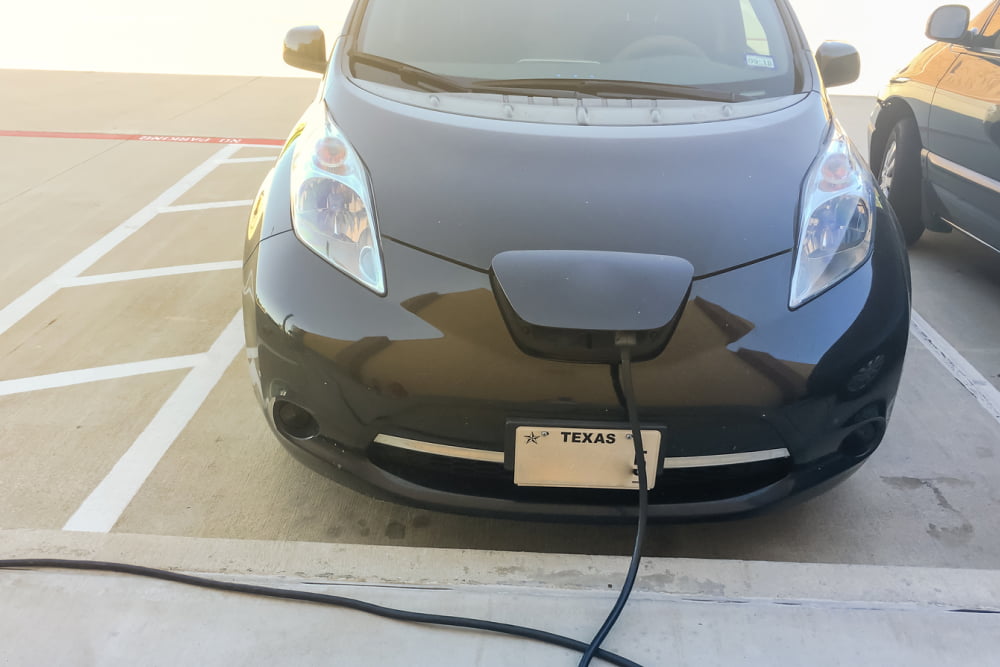Comprehensive Guide to the Different Types of Electric Vehicles for Modern Drivers
This comprehensive guide explores the primary categories of electric vehicles, including hybrids, plug-in hybrids, and fully electric cars. Learn about their features, advantages, and which model suits your lifestyle. Discover the latest trends in EV technology and how automakers are expanding their electric vehicle offerings to meet consumer needs. A must-read for anyone considering switching to eco-friendly transportation, ensuring you make an informed decision in the evolving EV market.

Comprehensive Guide to the Different Types of Electric Vehicles for Modern Drivers
The electric vehicle (EV) industry has seen remarkable growth in recent years, transforming the way consumers think about transportation. This expansion is fueled by technological advancements, increased environmental awareness, and improvements in charging infrastructure. As a result, the market now offers a diverse array of electric vehicle options, catering to a wide range of preferences, budgets, and lifestyles. Whether you're considering an eco-friendly daily commuter or a high-performance electric car, understanding the various categories of EVs is crucial for making an informed choice.
This article provides an in-depth overview of the main types of electric vehicles available today, including hybrid electric vehicles, plug-in hybrids, and fully electric cars. We will explore their features, advantages, and how they fit into the rapidly evolving automotive landscape. Additionally, we'll discuss the latest trends in charging technology and vehicle models from leading automakers, offering a comprehensive resource to help you navigate this exciting market.
What Are the Primary Categories of Electric Vehicles?
Hybrid Electric Vehicles (HEVs)
Hybrid Electric Vehicles are among the most common types of EVs. They combine an internal combustion engine with an electric motor and a battery system, working together to optimize fuel efficiency and reduce emissions. HEVs cannot be plugged in for recharging; instead, they generate electricity through regenerative braking and the engine's operation, seamlessly switching between gas and electric power based on driving conditions. Popular models like the Toyota Prius exemplify this category, offering a reliable, fuel-efficient solution for drivers seeking an environmentally conscious vehicle without the need for external charging infrastructure.
Plug-in Hybrid Electric Vehicles (PHEVs)
PHEVs extend the capabilities of traditional hybrids by incorporating a larger battery pack that can be recharged directly from an external power outlet. This dual-energy system allows drivers to operate primarily on electric power for shorter trips, conserving fuel, while still having the freedom to switch to gas-powered mode for longer journeys. PHEVs are especially suited for urban dwellers and commuters who desire the advantages of electric driving without worrying about range limitations. Notable models like the Chevrolet Volt and the Ford Fusion Energi fall into this category, offering versatility and efficiency for everyday use.
Battery Electric Vehicles (BEVs)
Fully electric vehicles, or BEVs, rely entirely on a dedicated electric motor powered by rechargeable batteries. They do not have an internal combustion engine and emit no tailpipe pollution, making them the most eco-friendly option among EVs. Their range depends on battery capacity, with many new models offering substantial driving distances suitable for most daily needs. BEVs require charging from an external power source, whether at home or at public charging stations. Leading examples include Tesla Model 3, Nissan Leaf, and Chevrolet Bolt, representing the forefront of fully electric vehicle technology. Advances in battery chemistry and charging technology continue to enhance the range and affordability of BEVs, making them an increasingly viable alternative to traditional gasoline cars.
Today’s automakers are investing heavily in electric vehicle development, resulting in a growing portfolio of models tailored to diverse consumer demands. It's vital for prospective buyers to research and compare different types of EVs, considering factors such as driving range, charging options, budget, and driving habits. By understanding the differences between hybrids, plug-in hybrids, and fully electric cars, consumers can make informed decisions that align with their lifestyle and environmental goals.
The future of electric vehicles looks promising, with innovations in battery technology, charging infrastructure, and vehicle design set to make EVs more accessible, affordable, and convenient. Whether you're considering your first electric vehicle or exploring options for an upgrade, staying informed about the various categories will help you choose the best fit for a sustainable and efficient driving experience.
